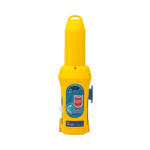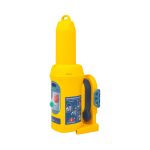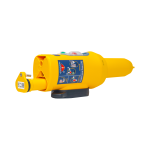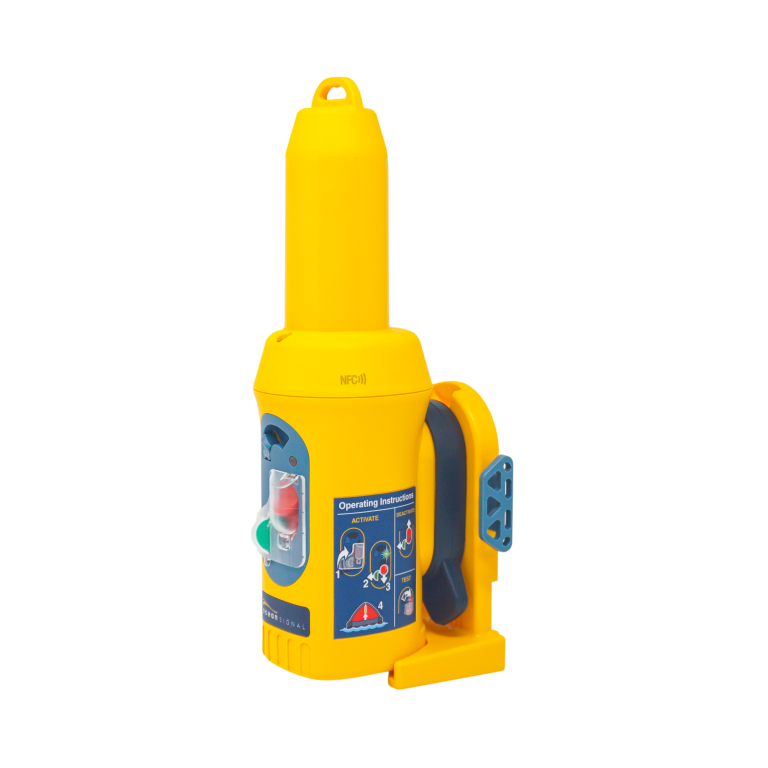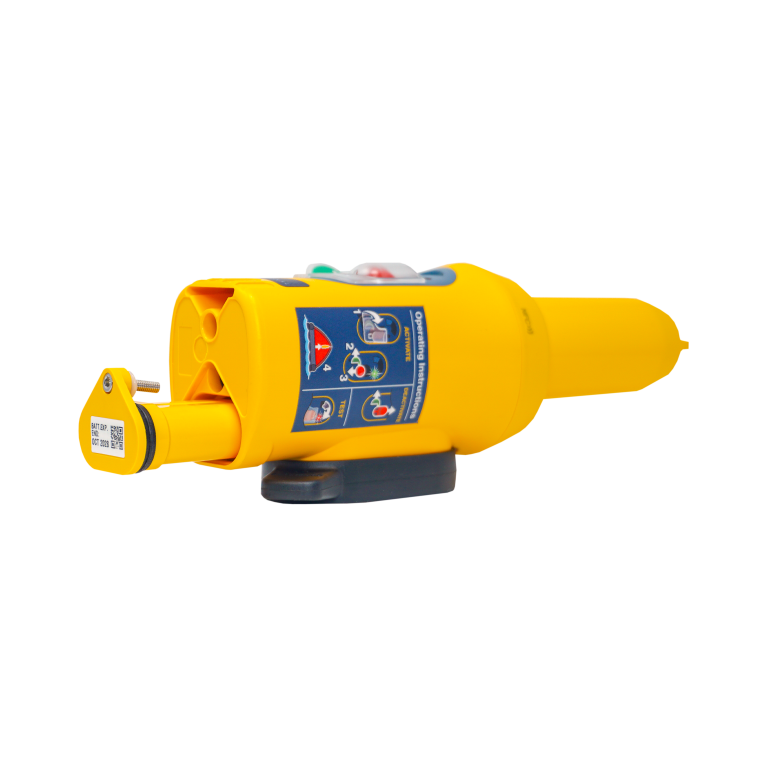Built on the proven design of the S100, the S200 SART offers enhanced distress alerting through Automatic Identification System (AIS) technology, moving beyond traditional radar-based systems. This cutting-edge device sends precise GNSS/GPS satellite location coordinates to all AIS-equipped vessels within VHF range, ensuring that emergency assistance is rapidly deployed when needed.
With an average detection range of 5 nautical miles, the S200 integrates Near Field Communication (NFC) technology for easy product registration and test data access. Its high-performance lithium battery delivers up to 96 hours of operating life, ensuring extended reliability in the toughest conditions. The AIS-based system also provides superior performance in adverse weather, with reduced susceptibility to interference from heavy rain or fog.
Designed with convenience in mind, the S200 includes a sleek wall mount for easy access in emergencies. An optional telescopic pole, extending 3.3 feet (1 meter), can be attached for maximum height and visibility when deployed from a life craft, and the SART can be suspended inside the craft for hands-free use.
Built to endure the harshest marine environments, the S200 is a dependable partner in any emergency, ensuring your distress signal reaches any AIS-equipped vessel within range. Its rugged construction guarantees it will be operational when you need it most, providing peace of mind on the water.
Carriage Requirements
- Any IMO SOLAS vessels on international voyages are required to carry a SART
- 300-500 Gross Register Tonnage (GRT) must carry a minimum of 1 SART
- Over 500 Gross Register Tonnage (GRT) must carry a minimum of 2 SARTs
- 1 SART for every four life rafts on Ro-Ro passenger vessels
- Passenger ships of any size must carry a minimum of 2 SARTs regardless of their tonnage
- Lifeboats: SOLAS requires that at least 1 SART be available for use in each survival craft
- Liferafts: In the case of passenger ships, if there are more than 2 liferafts, additional SARTs should be provided so that at least one SART is available for every 2 liferafts.
